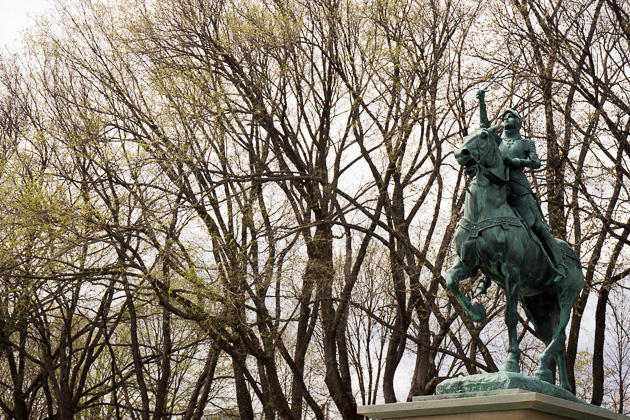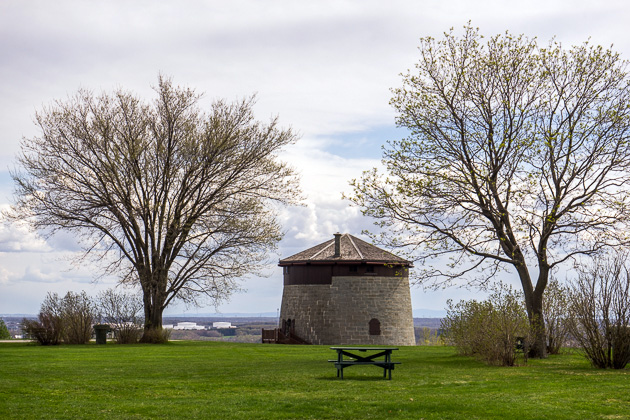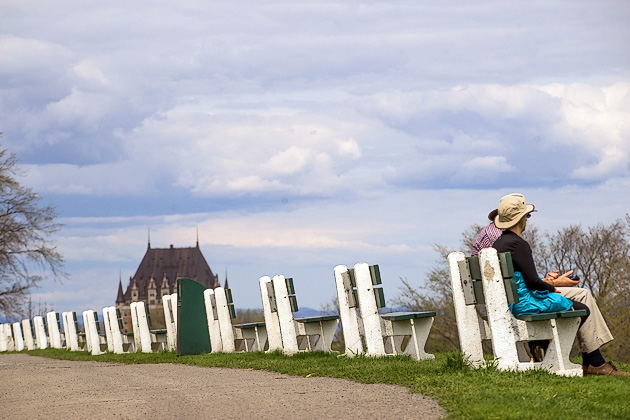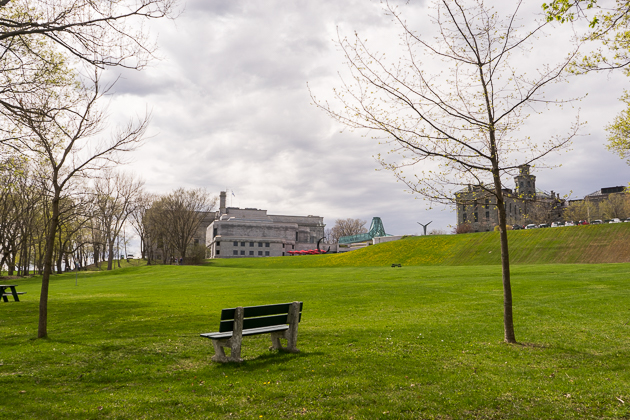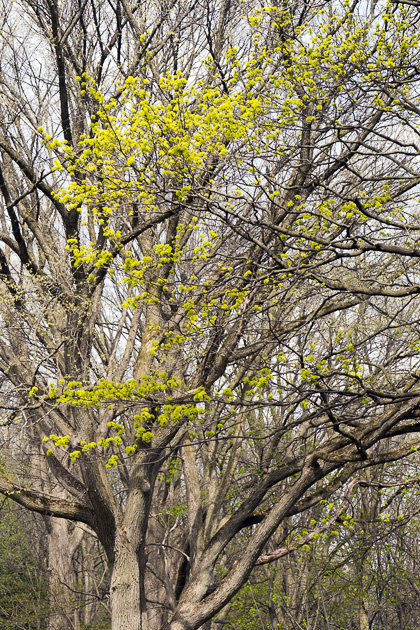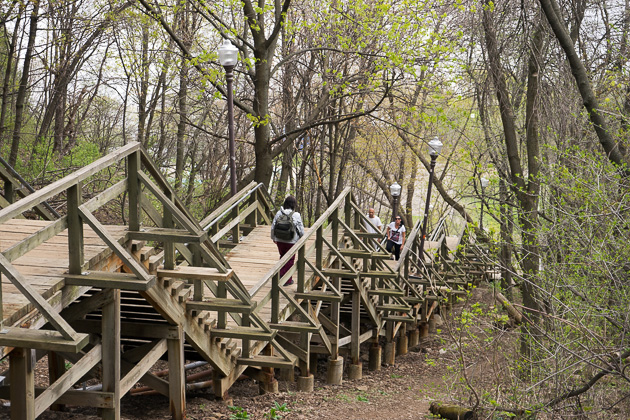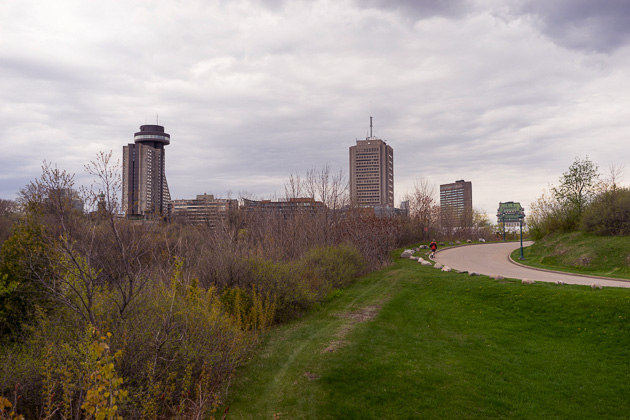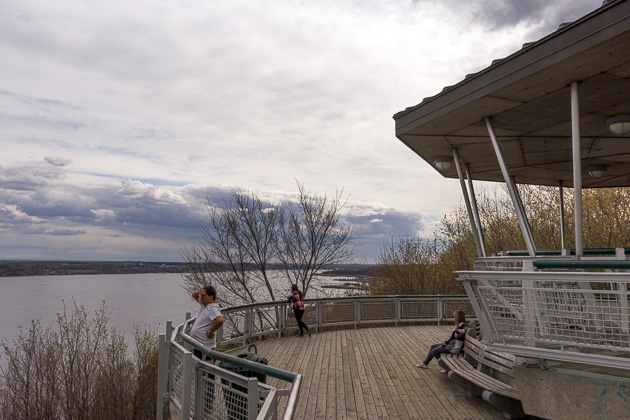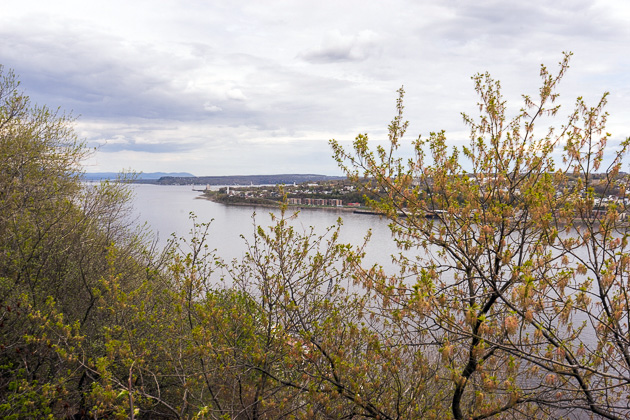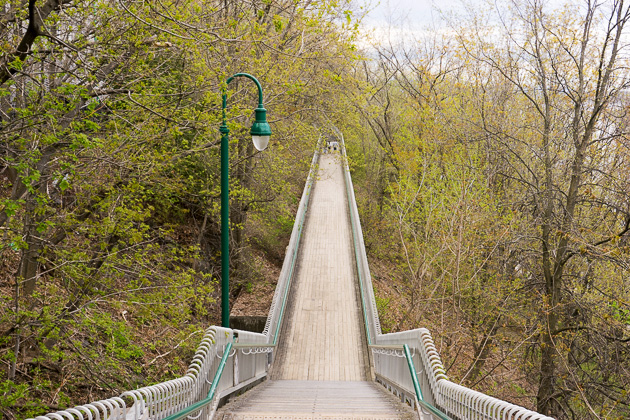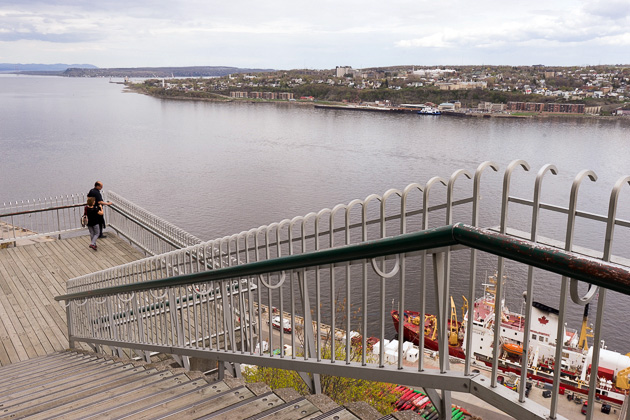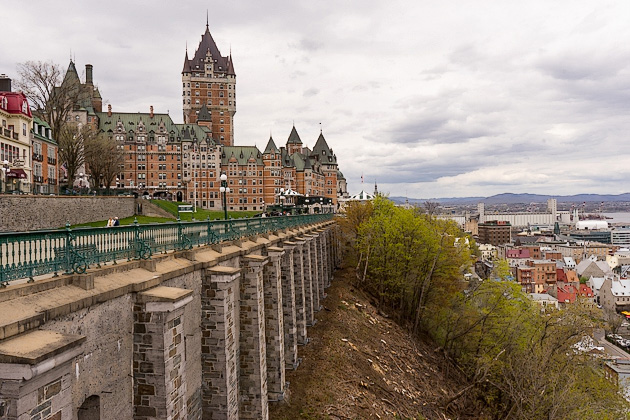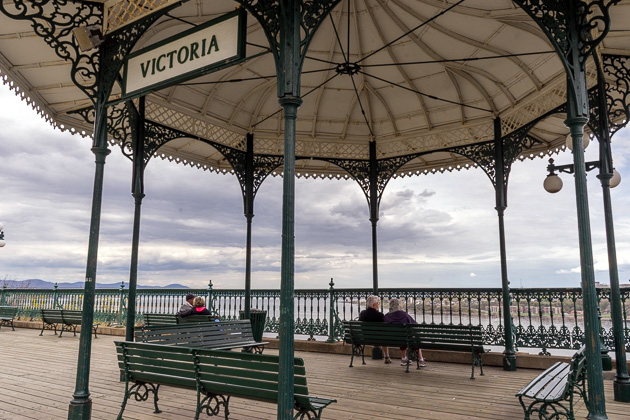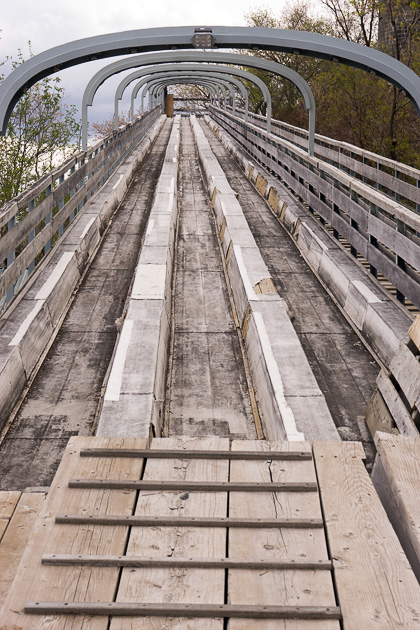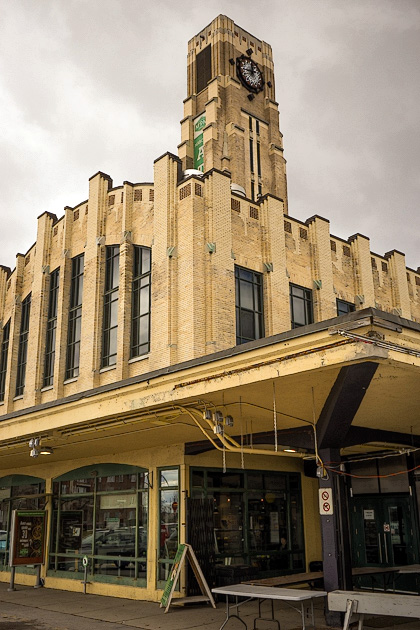The Plains of Abraham
More from Our Three-Day Trip to Quebec City
Intro and History | Fortifications and Citadel | Two Views of Quebec | The Château Frontenac
Old Quebec | The Montmorency Falls | Two Great QC Hotels | Final Images
In 1759, on a field outside the walled city of Quebec, the future of Canada was decided. At the Battle of the Plains of Abraham, the forces of England decisively defeated those of France, and Quebec City fell under the British crown. Today, the battlefield has become an urban park, and a venue for summertime concerts.
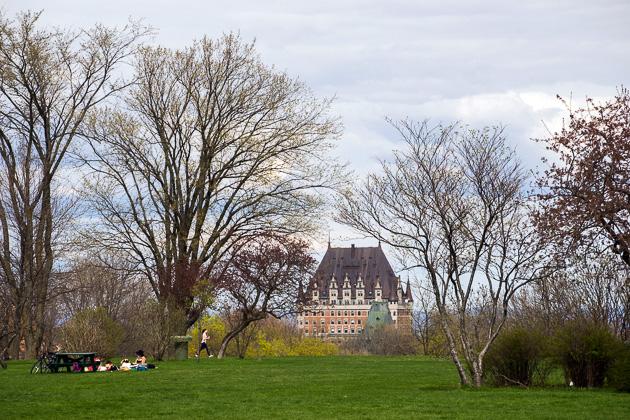
For months, the British had been bombarding Quebec City, although the well-fortified city had successfully repelled the onslaught and prevented the entry of the foreign troops. But on the morning of September 13th, 1759, the Brits finally found a way up onto the plateau to the west of the walled town. When the French woke up and saw over four thousand British just outside their gates, they sounded the alarm and rode out into battle. It was swift and fierce, and the leaders of both sides were slain — the British General James Wolfe died almost immediately, and the French Marquis de Montcalm succumbed to his wounds the next morning.
Had he lived to see it, Wolfe would have been pleased with the battle’s outcome; the Brits overwhelmed the unprepared French troops, and took the city. The French army was evacuated, and never returned; the defeat is considered to be the beginning of the end for New France.
The Plains of Abraham were named for one of the city’s original residents, Abraham Martin, a Scottish fisherman who arrived in Quebec in 1620. Today, the area has been converted into a large park. The Museum of Fine Arts is based here, as well as a museum dedicated to the famous battle. You can also check out a statue of Joan of Arc, and visit three large Martello Towers built by the British to protect Quebec from a possible invasion by the Americans. And every year, the Plains of Abraham welcome over a million people for Quebec’s summer music festival.
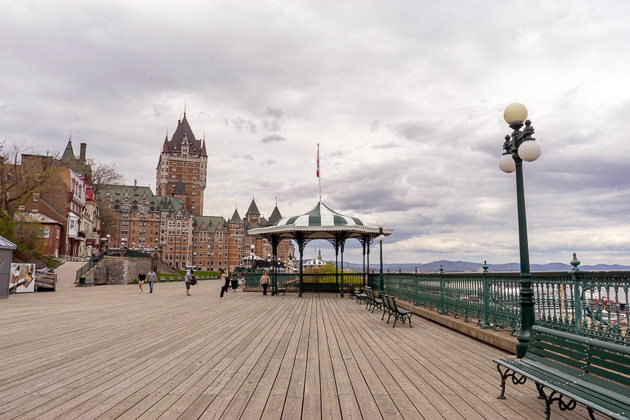
After exploring the plains, we continued our journey by walking along the Promenade des Gouverneurs, affixed to the cliffs underneath the Citadel. Built in 1960, this path offers views over the Saint Lawrence River and eventually connects to the Dufferin Terrace, which sits in the shadow of the Château Frontenac. This long walk from the Plains to the Château was the final activity of our three-day trip, and was a nice way to say goodbye to beautiful Quebec City.

